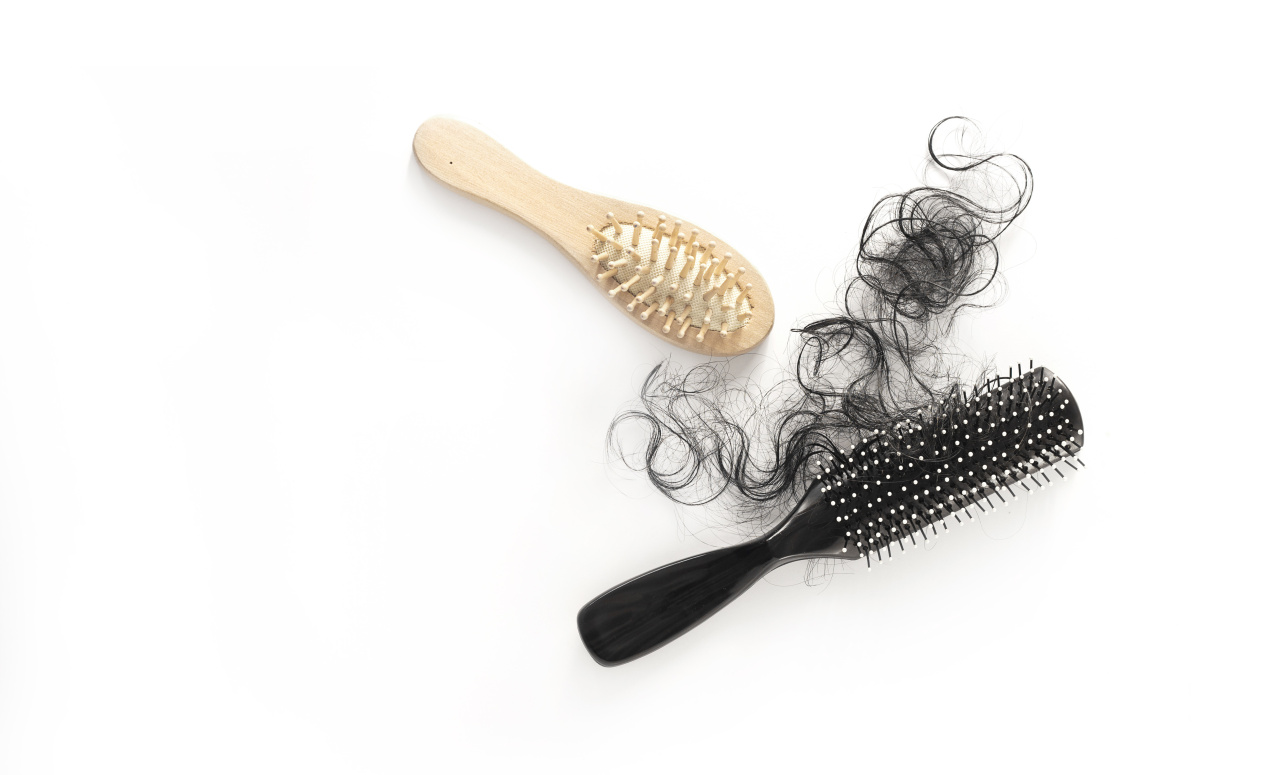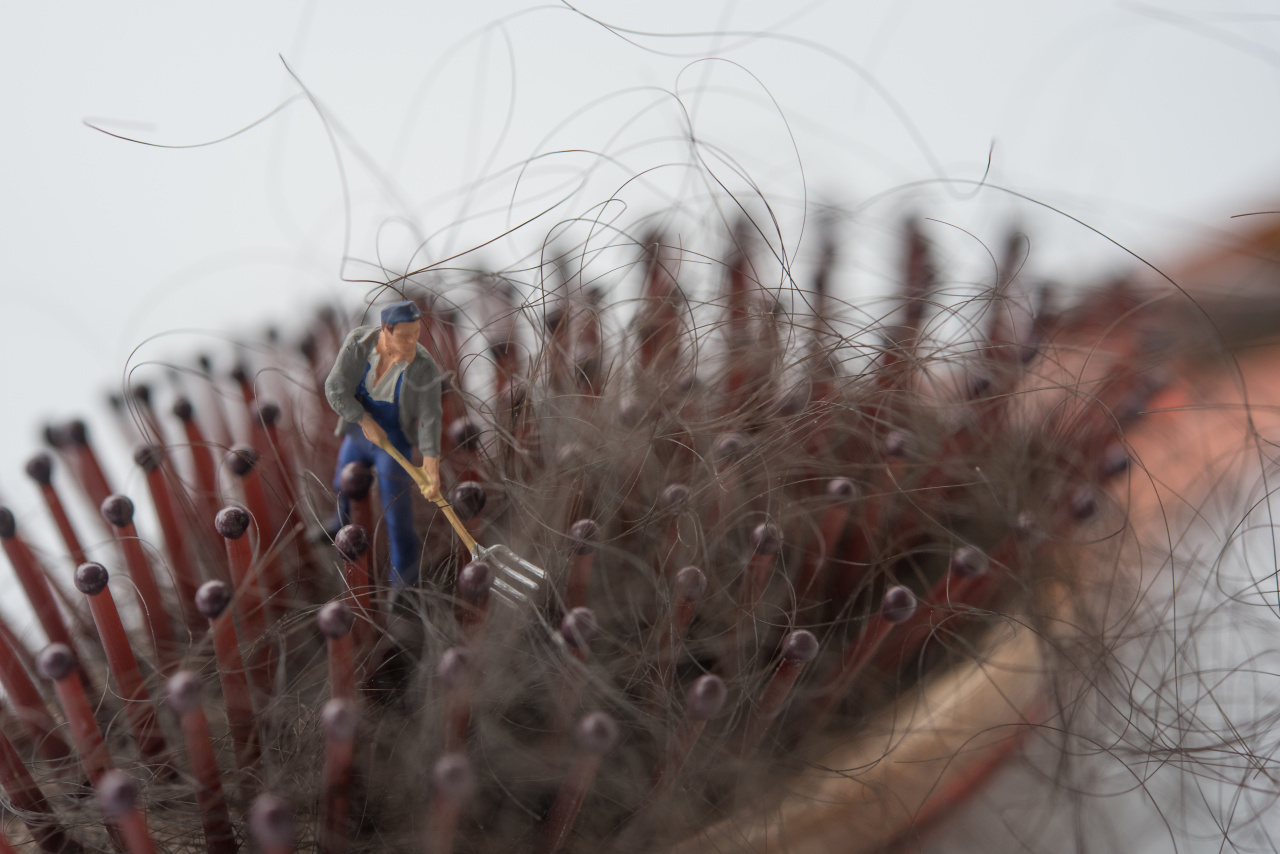[Weekender] Tightrope walk between hair regrowth and side effects
Increasing number of Koreans seek anti-hair loss treatments despite pitfalls
By Lim Jeong-yeoPublished : May 16, 2020 - 16:00

The power people associate with lush hair is perhaps most palpable in the biblical story of Samson and Delilah. Samson, a man of formidable strength, is weakened after Delilah crops his hair -- the source of his strength.
Abundant hair is a sign of youthfulness, health and vivacity. It is often associated with good looks, and many men who begin to lose it go to great lengths to reverse the course of balding.
Currently, as far as pills go, there are more than 200 generic versions of finasteride and over 90 copy drugs of dutasteride in South Korea.
Finasteride and dutasteride are the two most popularly used drugs within a class called 5-alpha-reductase inhibitors, which alleviate male pattern hair loss.
The original finasteride from Merck, also called MSD, is traded as Propecia. GSK’s original dutasteride is known by the name Avodart.
The two drugs are acknowledged in the industry to have the most efficacy in preventing balding, but they also share the side effects of reduced libido and erectile dysfunction. There is also an increased risk of high-grade prostate cancer in men treated with finasteride and dutasteride, according to the US Food and Drug Administration.
Pregnant women are advised not to even touch the drugs, due to concerns about genital abnormalities in male fetuses.
Is hair really worth risking virility? Many men sure seem to believe so.
According to health data aggregator Ubist, total finasteride revenue in Korea in 2019 came up to 87.3 billion won ($71 million), with MSD’s Propecia accounting for nearly half of that figure at 44.3 billion won.
Revenue for JW Pharmaceutical, Hanmi Pharmaceutical and Daewoong Pharmaceutical’s finasteride generics accounted for 9.9 billion won, 3.8 billion won and 2 billion won, respectively.
Dutasteride products, on the other hand, yielded a total of 12.7 billion won, of which the original Avodart accounted for 10 billion won.
In the total male hair loss treatment market, finasteride drugs made up 87 percent and dutasteride 13 percent.

“I’ve been told about the possible adverse reactions of finasteride, but I still take it because I know the percentage of men who become impotent are only a fraction,” said Kang Si-hoon, a 33-year-old office worker who has taken a finasteride generic for close to three years. “It is best to begin taking the drug at the first signs of hair loss, to prevent any further shedding.”
While the FDA issues ominous warnings about decreased sex drive, erectile dysfunction and low semen volume in 18- to 41-year-old men, it also says these only happen in around 1 percent of patients and that they dissipate in the fifth year of continued drug use in test subjects.
Propecia distributor MSD claims any adverse reactions disappear once a person stops taking the drug, while the FDA says it remains unclear whether there are lasting adverse effects.
Kang remains undeterred by this piece of information. He even has tricks up his sleeve to get cheaper prescriptions of finasteride.
“I know of many men who get their prescriptions reimbursed through the national health insurance program by getting it from a urologist for enlarged prostate indication. Because that’s better covered than the hair loss insurance category,” Kang offered.
To be eligible for the latter you have to be genetically bald, not bald from stress.
“Finasteride remains the optimal and the most commonly prescribed treatment for male pattern hair loss,” said Cho Hang-rae, general affairs director of the Association of Korean Dermatologists and chief doctor at the Ohkims Dermatologic Clinic and Hair Transplantation Center.
“There is an exaggeration in the popularly perceived side effects of finasteride. There is also a ‘nocebo effect,’ or a ‘self-fulfilling prophecy,’ of such side effects,” Cho said.
And despite the lack of insurance coverage for male pattern hair loss, finasteride is still cost effective because it guarantees results, while many supposed hair regrowth supplements may not deliver on their claims, according to Cho.
All the while, Korea is seeing a growing number of hair loss patients.
Data aggregated by the nation’s Health Insurance Review & Assessment Service show that there were 212,916 patients in 2016, which ballooned to 233,628 in 2019.
As of 2019, 44 percent of them were in their 20s and 30s, showing that the problem impacted not only the old and middle-aged.
The actual number may be greater than the HIRA figures indicate, as people accessing treatment via prostate indications do not count in the hair loss category of the state-operated insurance agency’s statistics.
Apart from the popular finasteride and dutasteride methods, there are various ways of tackling hair loss.
Minoxidil is an over-the-counter liquid or foam type anti-hair loss drug that can be applied to the scalp to induce hair regrowth. The downside is that the shedding resumes once one ceases using the drug.
Other treatment methods include direct stimulus injections to the scalp, or hair transplant surgeries.
Non-medicinal precautions such as using specially engineered hair care products and observing scalp and follicle health are also available, and are usually the first step in treatment.
By Lim Jeong-yeo (kaylalim@heraldcorp.com)








![[Graphic News] More Koreans say they plan long-distance trips this year](http://res.heraldm.com/phpwas/restmb_idxmake.php?idx=644&simg=/content/image/2024/04/17/20240417050828_0.gif&u=)
![[KH Explains] Hyundai's full hybrid edge to pay off amid slow transition to pure EVs](http://res.heraldm.com/phpwas/restmb_idxmake.php?idx=644&simg=/content/image/2024/04/18/20240418050645_0.jpg&u=20240419100350)





![[From the Scene] Monks, Buddhists hail return of remains of Buddhas](http://res.heraldm.com/phpwas/restmb_idxmake.php?idx=652&simg=/content/image/2024/04/19/20240419050617_0.jpg&u=20240419175937)

![[KH Explains] Hyundai's full hybrid edge to pay off amid slow transition to pure EVs](http://res.heraldm.com/phpwas/restmb_idxmake.php?idx=652&simg=/content/image/2024/04/18/20240418050645_0.jpg&u=20240419100350)

![[Today’s K-pop] Illit drops debut single remix](http://res.heraldm.com/phpwas/restmb_idxmake.php?idx=642&simg=/content/image/2024/04/19/20240419050612_0.jpg&u=)